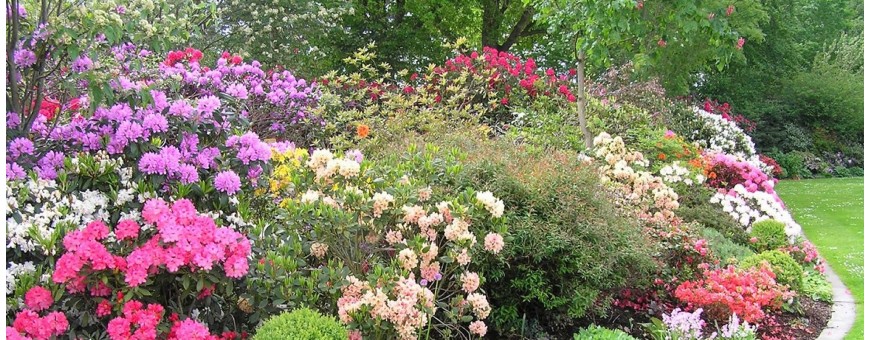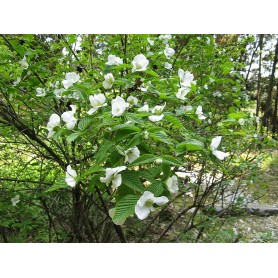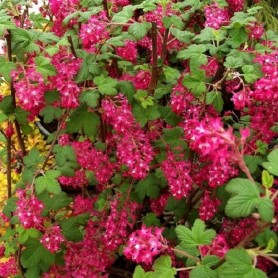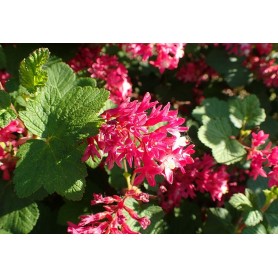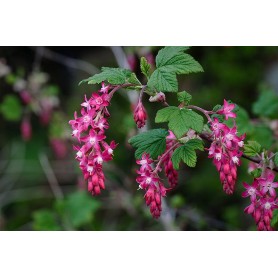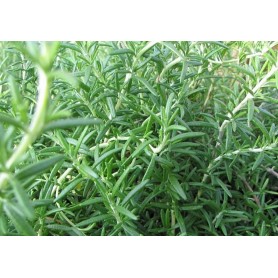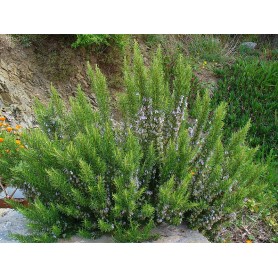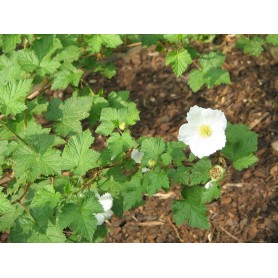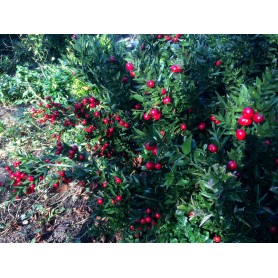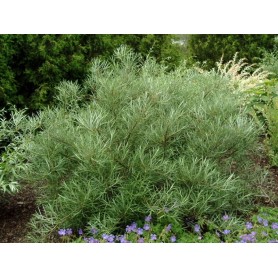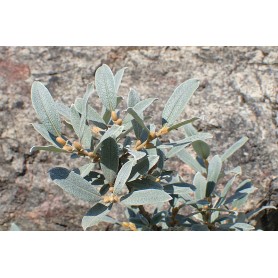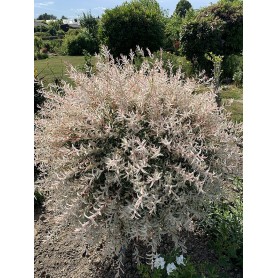Rhodotypos scandens
Rhodotypos scandens is often called kaimastruik or sham kerria in Dutch. It is a medium-sized deciduous shrub with a round, upright shape at first, later spreading in width. The leaves are ovate, medium green and serrate, flowering takes place in May and June with small white flowers, followed in autumn by shiny black berries. Rhodotypos scandens likes a position in full sun, but can also handle partial shade or even shade, the plant is flexible in terms of soil type and also tolerates clay soil. This shrub is hardy, sea wind tolerant and also tolerates air pollution well, little susceptible to disease and vermin free.
€8.14


